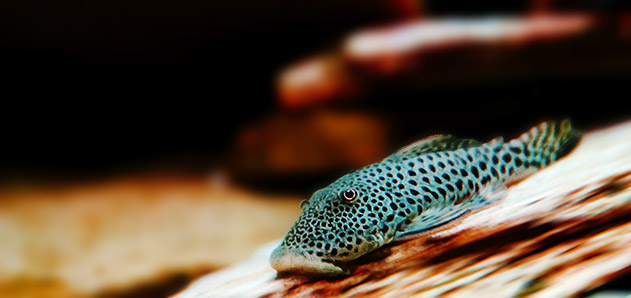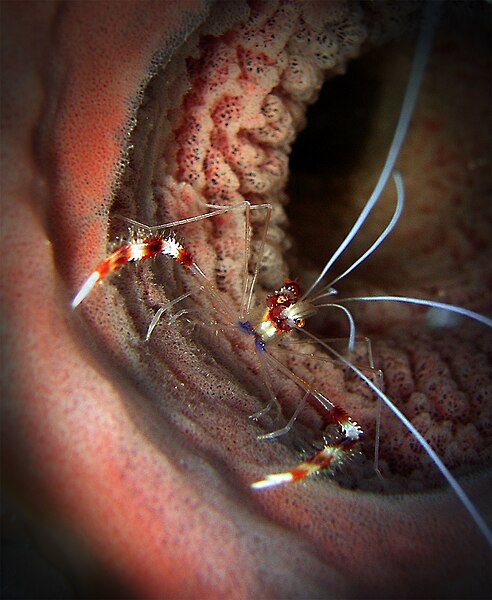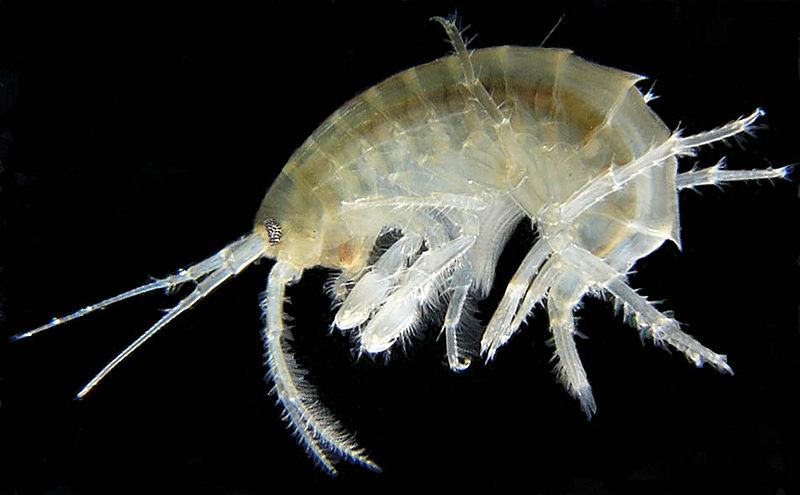 The two-part scientific naming system has been around ever since Carl Linnaeus first set the groundwork for it in the 1700’s. That “Genus species” system hasn’t changed a whole lot since then, but actually assigning a species a “new” name or classifying it as an already-described species can be a long and often confusing process. Is it a new species? Is it a different life stage of species X? What about geographical variations? Or natural variations? Or genetic mutations? Read More »
The two-part scientific naming system has been around ever since Carl Linnaeus first set the groundwork for it in the 1700’s. That “Genus species” system hasn’t changed a whole lot since then, but actually assigning a species a “new” name or classifying it as an already-described species can be a long and often confusing process. Is it a new species? Is it a different life stage of species X? What about geographical variations? Or natural variations? Or genetic mutations? Read More »
Category Archives: Fun Stuff
Feed SubscriptionGuess Who? Shrimp Addition – Stenopus Banded Coral Shrimp Identification
 Ever play the board game “Guess Who?”? Its the one where you have to guess which character the other person is by asking questions like “Do you have a mustache?” or “Are your eyes blue?”. Sometimes identifying aquarium animals works the same way.
Ever play the board game “Guess Who?”? Its the one where you have to guess which character the other person is by asking questions like “Do you have a mustache?” or “Are your eyes blue?”. Sometimes identifying aquarium animals works the same way.
Banded Coral Shrimp, also known as Boxing or Boxer Shrimp, are popular for aquarists of all levels. Within this group, common names overlap, most are some variation of red-and-white-bands, two shrimp can be identical except for their antennae color and other subtle differences. These shrimp will almost always fight with another Stenopus species (and may not even tolerate their own species) so knowing which one you have is important. Read More »
Muck Monsters – Weird Creatures in Your Pond
 It’s that time of year again…time to slip on the rubber boots or waders to clean out the muck accumulated in the bottom of your pond. Though it’s always nice to see our finned friends coming back to the surface to see us after a long Winter, there are also many things we can encounter in the pond that most of us would rather be left unseen. I’m talking about the nasty, writhing, wiggling creatures that take refuge in the muck and dormant filtration. While there are thousands of microscopic creatures in a pond that you will probably never have the opportunity to see, it’s the worms and larvae that you can see with the naked eye that can cause panic or alarm if you don’t know what you’re looking at. I’d like to take this opportunity to talk to you about a few of the common critters you may find in your pond to hopefully save you some worries in the coming weeks. Read More »
It’s that time of year again…time to slip on the rubber boots or waders to clean out the muck accumulated in the bottom of your pond. Though it’s always nice to see our finned friends coming back to the surface to see us after a long Winter, there are also many things we can encounter in the pond that most of us would rather be left unseen. I’m talking about the nasty, writhing, wiggling creatures that take refuge in the muck and dormant filtration. While there are thousands of microscopic creatures in a pond that you will probably never have the opportunity to see, it’s the worms and larvae that you can see with the naked eye that can cause panic or alarm if you don’t know what you’re looking at. I’d like to take this opportunity to talk to you about a few of the common critters you may find in your pond to hopefully save you some worries in the coming weeks. Read More »
How to Upgrade Your Aquarium
I recently blogged on some tips and techniques for moving an aquarium, but what if you just want a larger tank? This was a question asked after that blog was posted. Some people start with a small tank for “simplicity” and get hooked enough to want to expand. Others want to switch the type of livestock they are keeping or have fish that have outgrown their existing tank. No matter your reason, many of the considerations and techniques that go into moving an aquarium apply to upgrading as well.
The “easiest” upgrade scenario would obviously be one in which the new tank is being set up in any location OTHER than where the existing tank already stands and has all new “stuff” in it (meaning substrate, rockwork, decoration, filter, etc.); you can be a bit more leisurely with this switch. On the other end of the upgrade-spectrum, you may be putting the new tank in the same place as the old one with some of the same substrate, decorations and equipment and will need to be more expedient with the transfer. Read More »
A Fish By Any Other Name – Hawaiian Names for Common Aquarium Fish
 By this time of year, we’re all at the end of a long, cold winter and have our sights set on the warmer weather ahead. So, in honor of the vacations and tropical beaches we all wish we were on, I thought I’d share some of the native Hawaiian names of some of our favorite tropical aquarium fish.
By this time of year, we’re all at the end of a long, cold winter and have our sights set on the warmer weather ahead. So, in honor of the vacations and tropical beaches we all wish we were on, I thought I’d share some of the native Hawaiian names of some of our favorite tropical aquarium fish.
The fish on this list are those found around the eight Hawaiian islands. Some are endemic – meaning they are found only around the Hawaiian islands – while others are found in other areas of the Pacific and even Indian Oceans. Keep in mind that in native Hawaiian, some words have multiple meanings and some of these names may refer to a group of fish. This list is far from all-inclusive and are just some of the more interesting names that I’ve found. Read More »
 That Fish Blog – Aquarium Advice and Information
That Fish Blog – Aquarium Advice and Information
